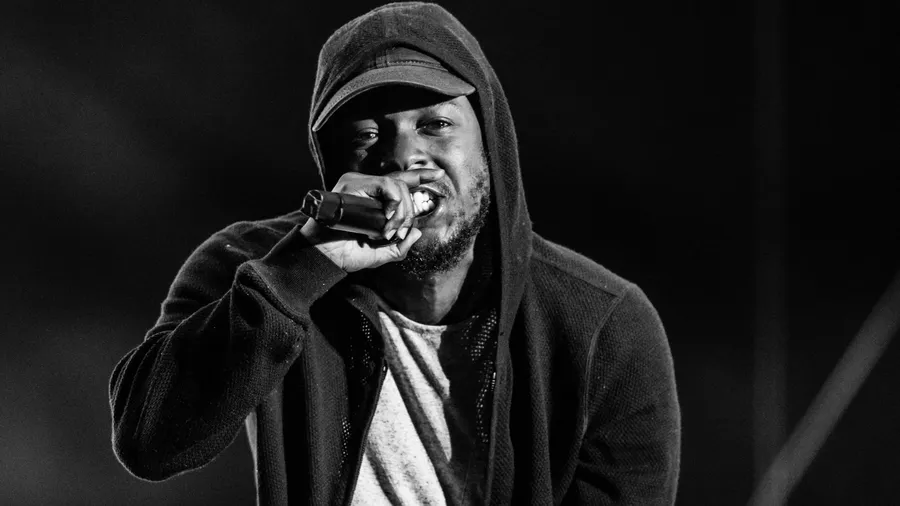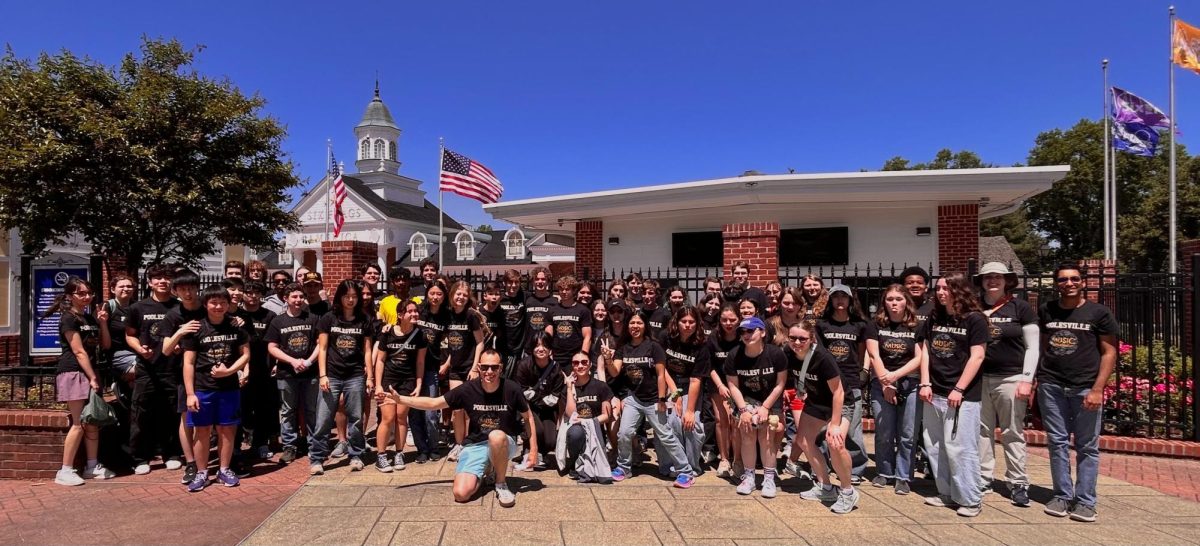Kendrick Lamar’s symbolic performance at the 59th Super Bowl Halftime Show on Feb. 9 directly addressed American society’s treatment of the African-American community. He became the first-ever rapper to solo-headline a Super Bowl Halftime Show. This was his second time on the Super Bowl stage, as he previously performed at the 2022 Super Bowl alongside other West Coast artists.
Actor Samuel L. Jackson appeared throughout the performance dressed as Uncle Sam, who is a personification of the United States. He is seen challenging Kendrick while stating the music is “too loud, too reckless, too ghetto,” and asking if he “really knows how to play the game.” Many noted this was an intentional choice, especially based on Kendrick’s commentary and subliminal messages regarding society throughout his discography.
“It was a social statement of acceptance and raw individuality versus conformity,“ says English teacher Mr. Gilbert Cooper II. “Life was being compared to a game, and Uncle Sam was admonishing Kendrick Lamar to play by the rules, to conform, to fit in.”
The performance included more verbal and visual symbolism. Lamar opened with the statement, “The revolution ‘bout to be televised, you picked the right time, but the wrong guy.” Dancers’ bodies then formed the American flag with a clear divide in the middle of Kendrick Lamar, followed by the line “40 acres and a mule, this is bigger than the music.” This refers to the unfulfilled promise made to freed African American slaves after the Civil War, where, as compensation for years of slavery, they would all be granted 40 acres and a lent mule.
The layout of the stage itself formed the buttons of a playstation controller, with lights from the crowd displaying messages throughout the performance, including “Game Over” and “Warning: Wrong Way.” All of the elements, no matter how hidden or obvious, contributed to the show’s overall theme relating to culture and “playing the game right.”
“The choreography felt more simplistic to me, but with symbolic and cultural references that carried weight,” Senior Victoria Munuo said, “While some choreographed moments like during ‘Luther’ were more aesthetic focused, others were proposed to create visuals that illustrate the meanings of the songs, or referencing subcultures of African Americans.”
Many took to various social media platforms, such as X and TikTok, to express their thoughts about the halftime show. Some took issue with the performance, such as FOX Anchor Rob Schmitt, who stated that “the NFL gave us unquestionably the worst halftime show we have ever seen. A tiny rapper in bell bottoms, who 98% of the country has never heard of, was allowed to play most of his largely unknown catalogue for twenty grueling minutes in front of the entire world.”
Despite criticism, many understood the message and praised Kendrick for his performance. Snoop Dogg, Ben Stiller, and Jamie Foxx were amongst some of the big-name celebrities who shared their thoughts about the show, with Ben Stiller posting “Best Halftime show ever…” on the platform X.
This performance highlighted Lamar’s long-term efforts to shed light on societal issues, particularly those of oppression, racial discrimination, and treatment towards the African American community.











